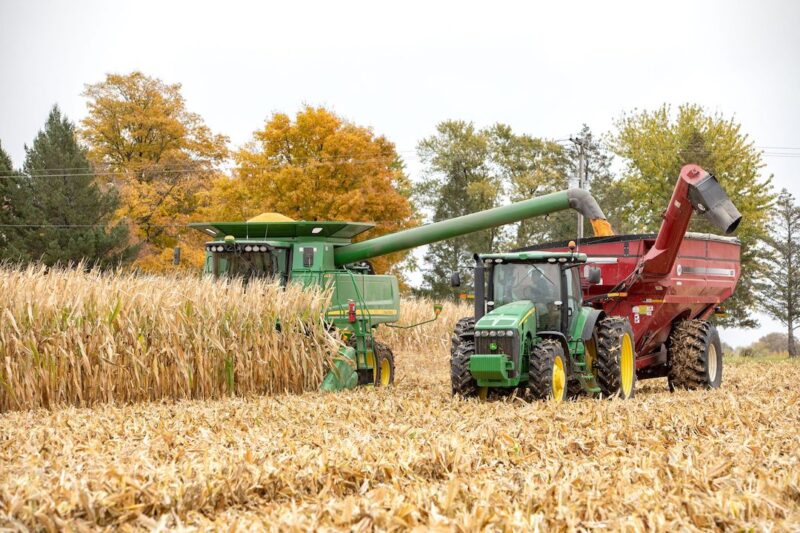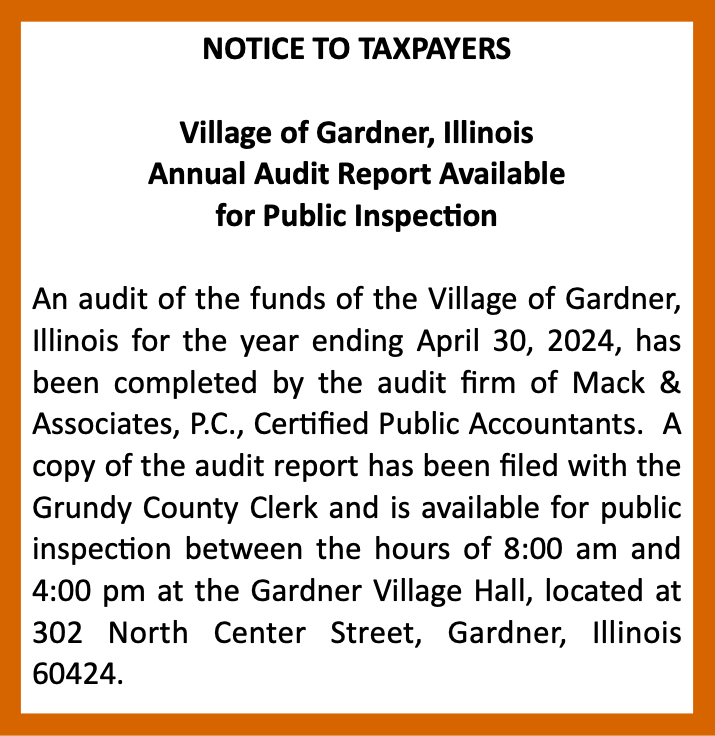Farm income to drop from 2022 record

By TAMMIE SLOUP
FarmWeek
Farm income is forecast to shrink in 2023 after climbing to record highs in 2022.
USDA’s Economic Research Service released its Farm Sector Income Forecast Nov. 30, which estimated net farm income to fall by $31.8 billion (17.4%) to $151.1 billion in 2023.
Net farm income — a broad measure of profits — reached $182 billion in 2022, increasing 30% from 2021.
In September, USDA estimated net farm income at $141.3 billion. (Net farm income reflects income after expenses from production in the current year and is calculated by subtracting farm expenses from gross farm income).
The net farm income reflects overall lower crop and livestock cash receipts, increased input costs, higher interest rates and declining government payments.
“When grouped by commodity specialization, all farm businesses’ specializations except cattle/calves, wheat and specialty crops are forecast to see lower average net cash income in 2023,” the report stated. “Farms specializing in dairy are expected to see the largest decline relative to 2022.”
Although this year’s net farm income is expected to drop below last year’s record high, it’s still one of the best years on record for the farm sector, Agriculture Secretary Tom Vilsack said.
“In fact, net cash farm income for 2023 is 15% above average for the last two decades, and farm income over the 2021-2023 period represents the highest level of farm income in the last 50 years,” Vilsack said in a statement.
**Editor’s Note: If you find the story above of value, consider clicking one of the Google ads embedded in the story. It costs you nothing but Google will give the website owner a few cents. This is a way to help support local news at no cost to the reader.
U.S. agriculture exports have also seen the three highest years on record in 2021-2023, which is reflected in overall cash receipts, while 2024 is projected to be the fourth highest year on record despite potential declines, he added.
“Even so, the data shows a majority of farm households rely on off-farm jobs to make ends meet, indicating that the income is not evenly distributed across the farm spectrum,” Vilsack said. “USDA will continue our efforts to bolster a complementary system that makes it possible for small- and mid-sized farms to benefit from more, new and better markets and climate smart agriculture opportunities so they can thrive.”
Total production expenses are forecast to increase by $14.9 billion (3.5%) in 2023 to $443.4 billion. Interest expenses and livestock/poultry purchases are expected to see the largest increases in 2023 while spending on fertilizer/lime/soil conditioners, fuels/oils, and feed is expected to decline relative to 2022.
“A bright spot for farmers is that some production costs, including feed, fertilizer and pesticides, have declined,” Vilsack said.
**Editor’s Note: If you find the story above of value, consider clicking one of the Google ads embedded in the story. It costs you nothing but Google will give the website owner a few cents. This is a way to help support local news at no cost to the reader.
The forecast also reported direct government farm payments are forecast at $12.1 billion in 2023, a $3.5 billion (22.3%) decrease from 2022.
Farm sector equity is expected to increase by 6.9% ($229.4 billion) in 2023 to $3.57 trillion in nominal terms. Farm sector assets are forecast to increase 6.6% ($254 billion) in 2023 to $4.09 trillion following expected increases in the value of farm real estate assets. Farm sector debt is forecast to increase 5% ($24.6 billion) in 2023 to $520.7 billion.
American Farm Bureau Federation Economist Daniel Munch noted in a recent Market Intel that farm income numbers for 2022 were not finalized until August 2023 and have been adjusted upward over $20 billion in the eight months since the year ended. During this time, USDA is digesting new information and data as it becomes available, shifting calculations from estimates to actual values.
“This means there is still much variability in final 2023 net farm income,” he wrote.
Read the full forecast online, bit.ly/4a0f4Wy.
This story was distributed through a cooperative project between Illinois Farm Bureau and the Illinois Press Association. For more food and farming news, visit FarmWeekNow.com.
**Editor’s Note: If you find the story above of value, consider clicking one of the Google ads embedded in the story. It costs you nothing but Google will give the website owner a few cents. This is a way to help support local news at no cost to the reader.











































